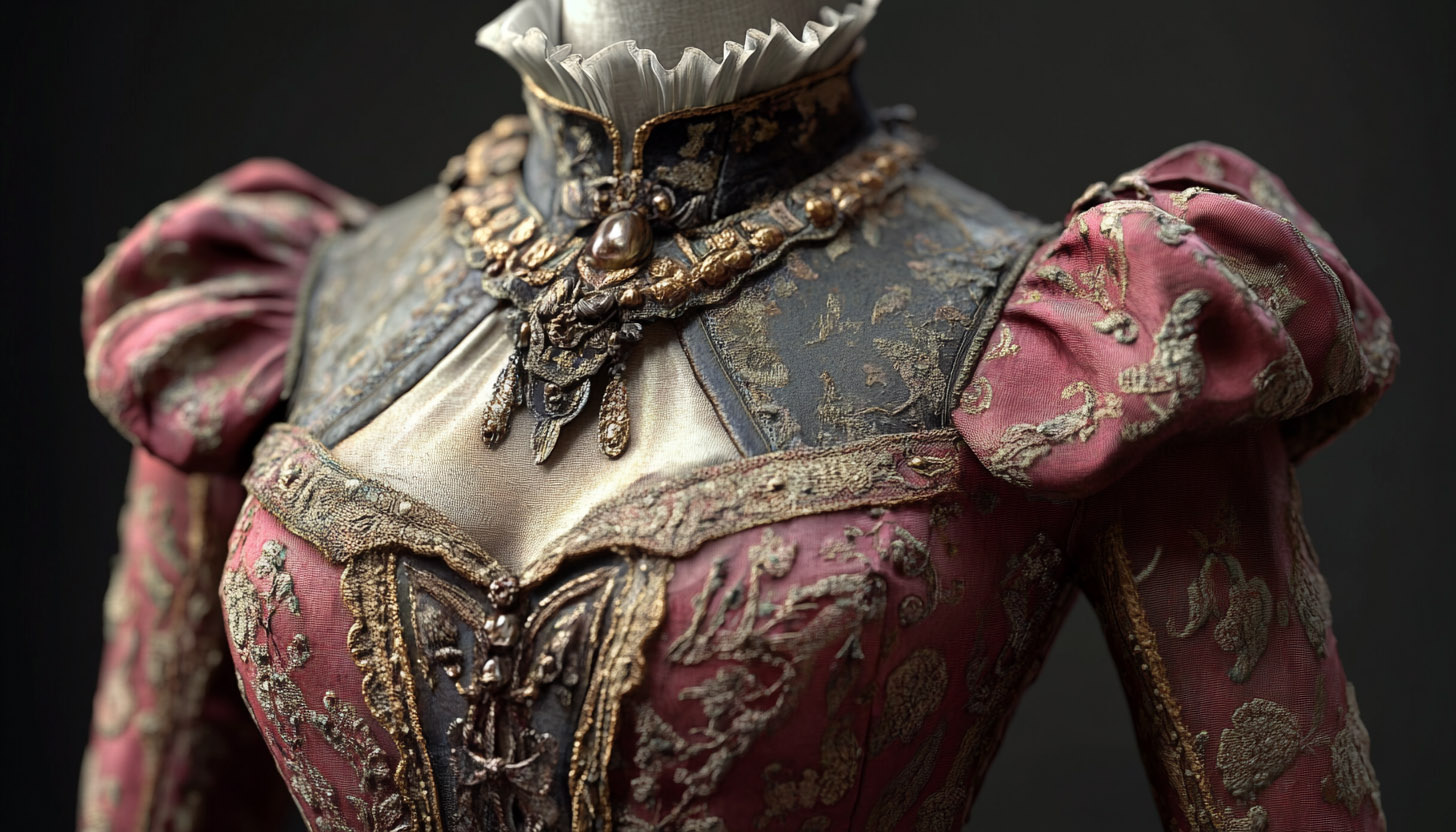
Introduction
AI image generators have revolutionized the creative process, offering designers a powerful tool to generate and modify textures for 3D models. By harnessing AI, you can create unique, high-quality textures with minimal effort. However, working with AI-generated images requires careful resolution management to ensure the final product meets professional standards. Let’s explore how to effectively use AI image generators for crafting or upgrading model textures.
Why Use AI Image Generators for Textures?
AI tools like DALL·E, MidJourney, or Stable Diffusion can generate detailed and creative textures quickly. They provide:
- Endless Customization: Generate unique patterns, materials, or abstract designs tailored to your project.
- Time Efficiency: Save hours compared to manually painting or sourcing textures.
- Creative Inspiration: AI can produce unexpected results that spark fresh ideas.
Steps to Create or Modify Model Textures with AI
- Define the Texture Concept
- Before using an AI generator, outline the type of texture you need: fabric, wood, metal, etc. Include specific details like color palette, pattern size, or style (e.g., realistic, stylized).
- Generate the Initial Texture
- Use an AI image generator to create a base texture. For example, prompt the AI to generate a “seamless leather texture” or “distressed metallic surface.”
- Export the generated image, ensuring it is seamless if you plan to tile the texture.
- Refine the Texture in Editing Software
- Import the AI-generated texture into software like Photoshop or GIMP.
- Adjust colors, enhance contrast, or blend multiple AI-generated textures to create a richer final product.
- Upgrade the Resolution
- AI-generated images often need resolution enhancement to meet 4K standards. To upscale without losing detail, use tools like Topaz Gigapixel AI or ESRGAN.
- Test and Apply the Texture
- Apply the refined texture to your 3D model in CC4 or your preferred 3D software.
- Check how the texture interacts with lighting and materials. Make further adjustments as necessary.
Tips for Working with AI-Generated Textures
- Ensure Seamlessness: If the texture will be tiled, use tools like Photoshop’s offset filter to eliminate visible seams.
- Combine Textures: Mix AI-generated textures with hand-painted or photo-based elements for a unique, layered look.
- Maintain High Resolution: Always aim for 4K textures to ensure your models look sharp and professional in close-ups.
- Experiment with Prompts: Try different AI prompts to achieve diverse and creative results. For specific styles, use keywords like “hyper-realistic” or “sci-fi material.”
Challenges and Solutions
- Inconsistent Results: AI generators might not always produce perfect textures. Refine and edit the results to fit your needs.
- Low Resolution: Many AI outputs are low-res by default. Use upscaling tools to ensure your textures meet professional standards.
- Texture Alignment: Ensure the generated texture aligns well with your model’s UV map to prevent distortion.
Conclusion
AI image generators open new doors for creating and modifying 3D model textures. By following best practices and ensuring high resolution, you can produce stunning textures that elevate your designs. Whether crafting a futuristic outfit or a weathered surface, AI provides the flexibility and speed to bring your vision to life. Dive in, experiment, and let AI enhance your creative process!
Discover more from Sckript
Subscribe to get the latest posts sent to your email.

